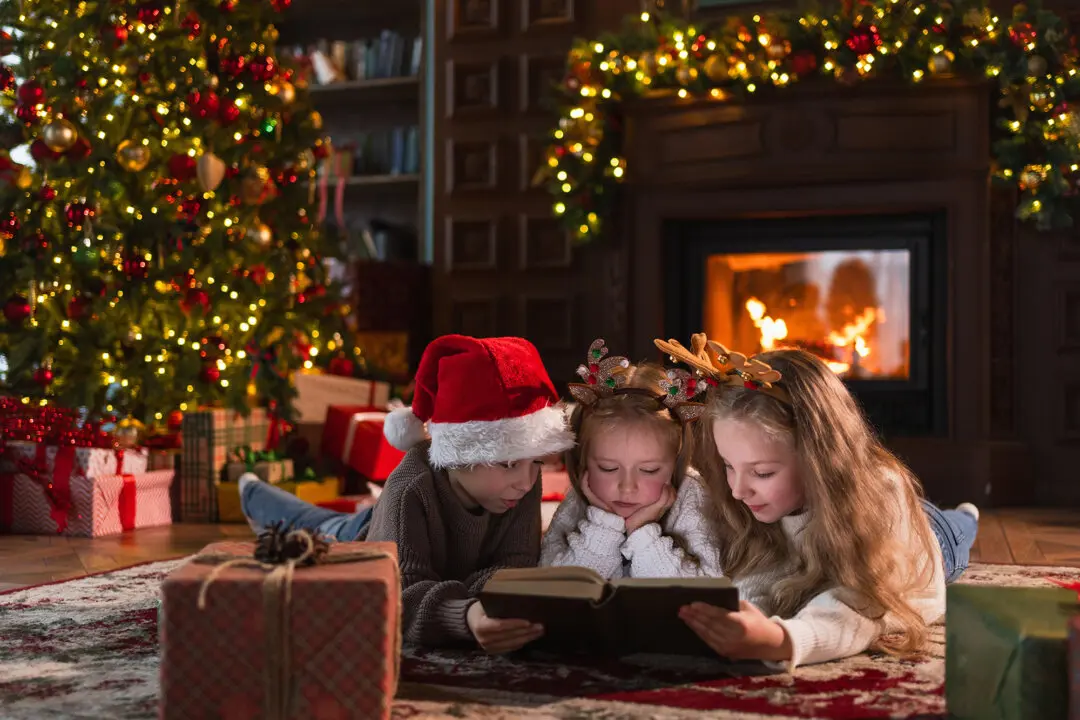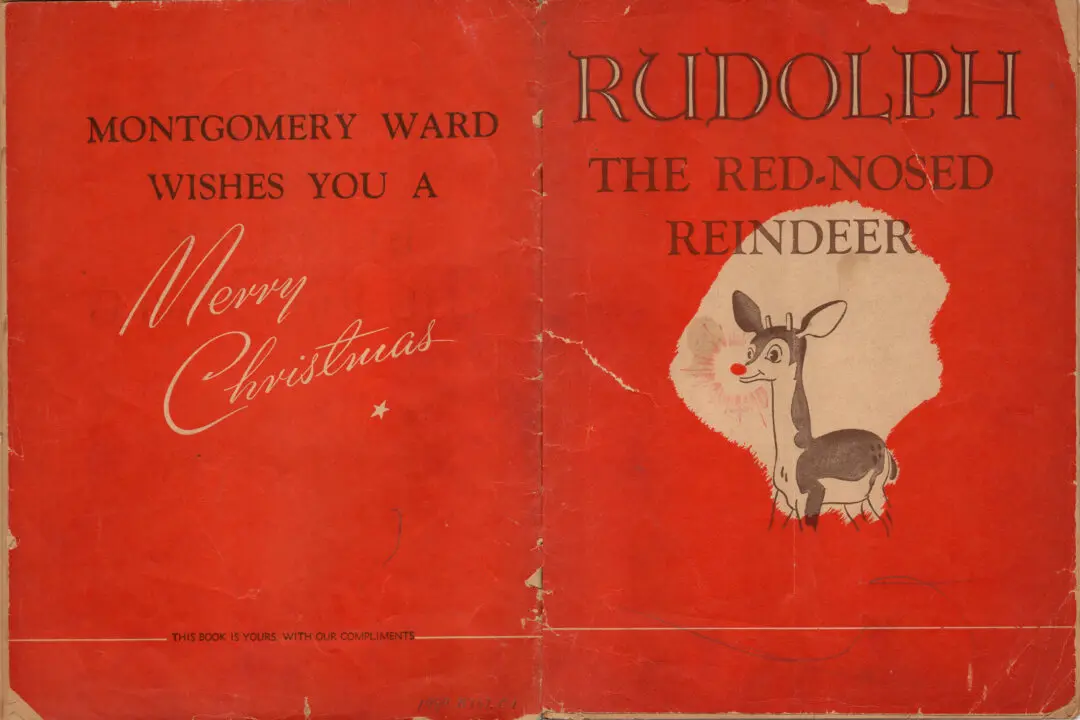Mention Prohibition and anyone familiar with American history will likely think of the Roaring Twenties, of bootleggers and rumrunners, speakeasies and bathtub gin, of Eliot Ness and Al Capone. Some may recollect that the 18th Amendment to the Constitution, enacted in 1919, was the foundation stone of this clampdown on spirits, wine, and beer. The 1919 National Prohibition Act, also called the Volstead Act after one of its major supporters in Congress, was then enacted to enforce the amendment. Blamed for the rise of mob crime in the United States, and with many Americans unhappy with the rigid laws, the 18th Amendment was repealed in 1933 by the states.
What fewer people may realize is that the forces which had brought about Prohibition had deep roots in the American past. These had emerged nearly a century earlier, in the 1820s, and though this temperance movement fluctuated at times in membership and influence, it had continued throughout the 19th century, calling first for moderation and then for abstinence in the use of alcoholic beverages.






